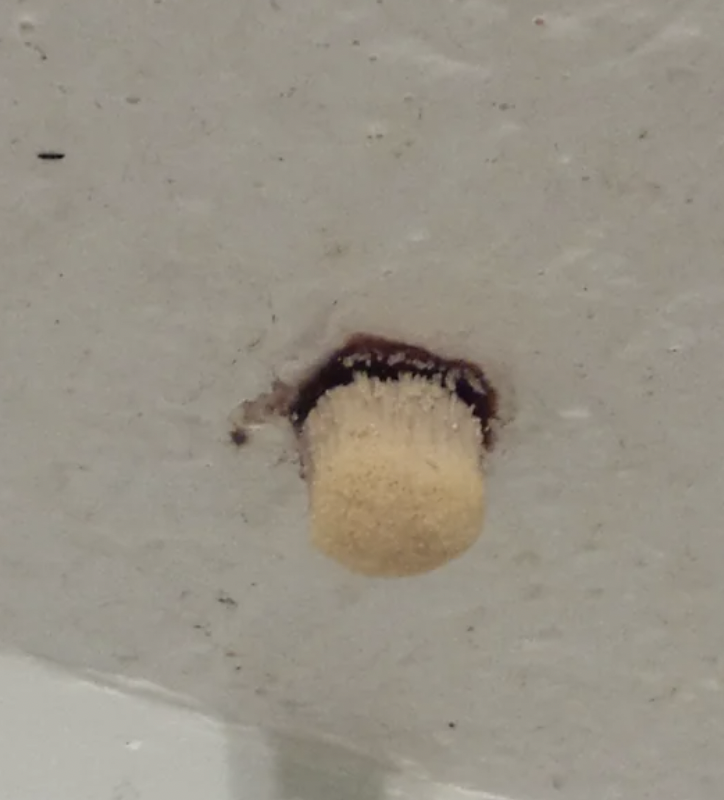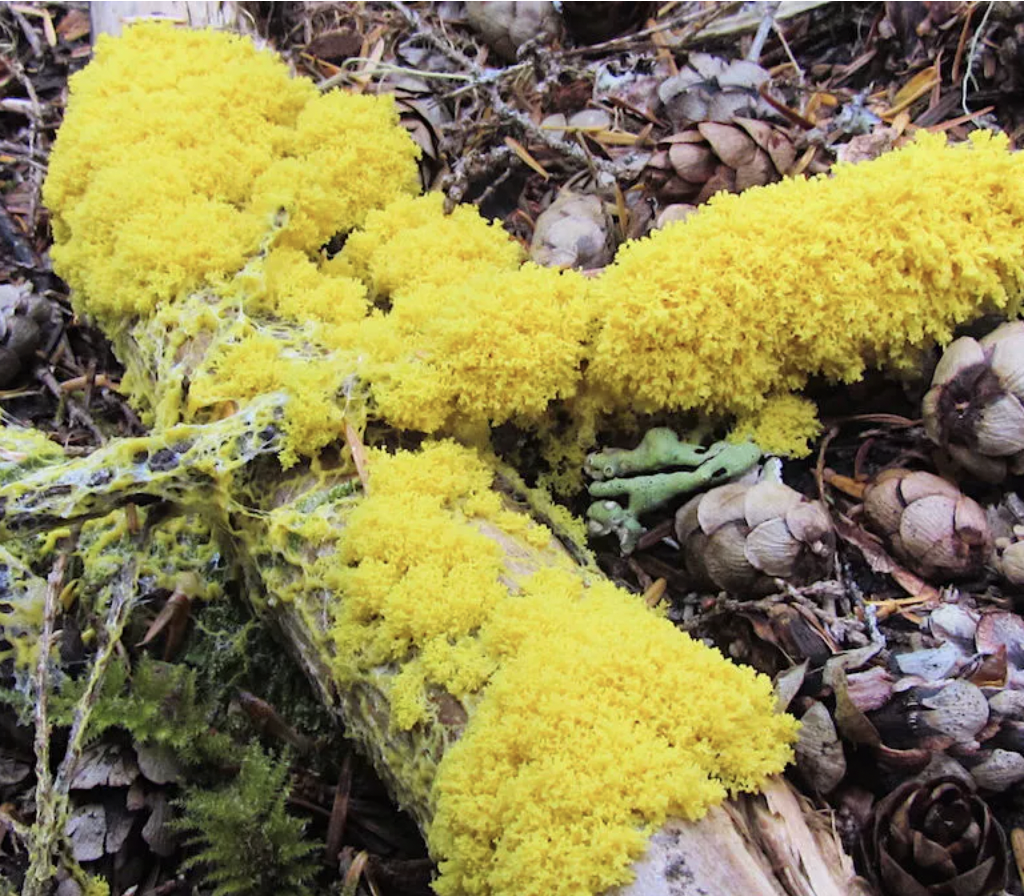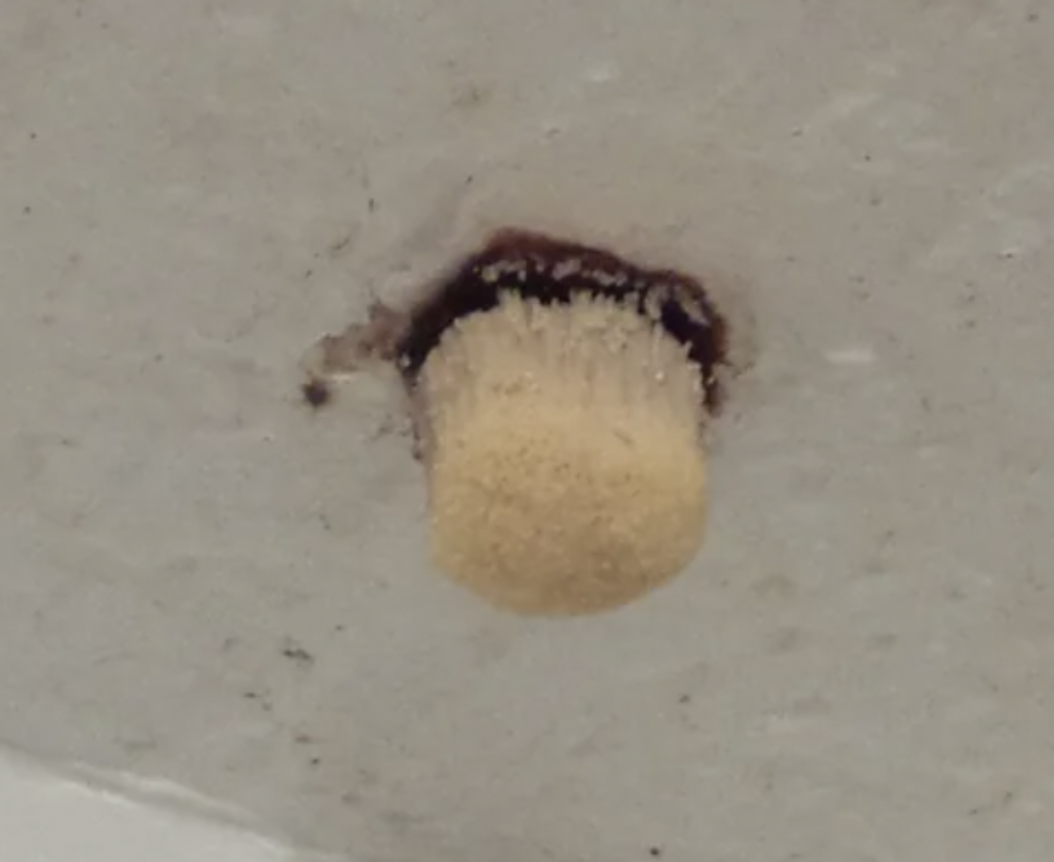Have you ever heard of slime molds? These unique organisms have captured the imagination of scientists and nature enthusiasts alike. Despite their simple structure, slime molds display astonishing behaviors and problem-solving abilities. Let’s dive into their fascinating world and discover what makes them so intriguing!

A Unique Life Cycle and Surprising Intelligence
Slime molds, although they are not true molds or fungi, are found in moist, shady environments. They belong to different taxonomic groups, including the Myxogastria and Dictyosteliida. These organisms have the ability to navigate mazes, optimize networks, and make decisions without a central nervous system.

Cooperative Survival: Unicellular and Multicellular Stages
The life cycle of slime molds is captivating and complex. They exist as individual amoebae in their unicellular phase, feeding on bacteria, yeast, and other microorganisms. When food becomes scarce or environmental conditions are unfavorable, these amoebae gather together to form a multicellular organism that can move as one. This incredible cooperation among independent cells showcases the power of unity.
Problem Solving without a Brain
One of the most remarkable aspects of slime mold behavior is their problem-solving ability, despite lacking a brain or nervous system. These organisms can find the shortest path through a maze to reach a food source by leaving chemical markers, or pheromones, to communicate with other parts of their body. Through this simple yet effective method, slime molds learn and adapt their growth and movement based on environmental cues.
Imitating Human Networks with Efficiency
In experiments, slime molds have displayed the ability to mimic man-made transportation networks with surprising efficiency. Researchers have replicated city patterns around a nutrient source, and slime molds have grown network-like structures that strongly resemble human-engineered transportation systems. This discovery has fascinated scientists and engineers, as it offers insights into optimizing network designs and solving complex routing problems.
Ecological Significance: Nature’s Decomposers
Apart from their intellectual curiosity, slime molds also play a vital role in their ecosystems. They act as decomposers, breaking down dead organic material and recycling nutrients back into the soil. This important process supports the health of forests and other ecosystems where slime molds are found.
Unlocking the Secrets and Potential
The study of slime molds challenges our conventional understanding of intelligence and problem-solving. These organisms navigate complex environments and optimize networks without the presence of a brain, highlighting the physical and distributed nature of cognitive processes. Researchers continually investigate these fascinating creatures, hoping to unravel their decision-making processes and apply their principles to technology, network design, and artificial intelligence.
Cracking the Code of Nature’s Marvels
In conclusion, slime molds are more than just a curiosity of nature. They provide a window into the complexities of life, demonstrating that intelligence and problem-solving can emerge from even the simplest life forms. The study of slime molds enriches our understanding of the natural world and offers innovative approaches to solving human challenges. Let’s continue to marvel at the wonders of slime molds and unlock the secrets they hold.





